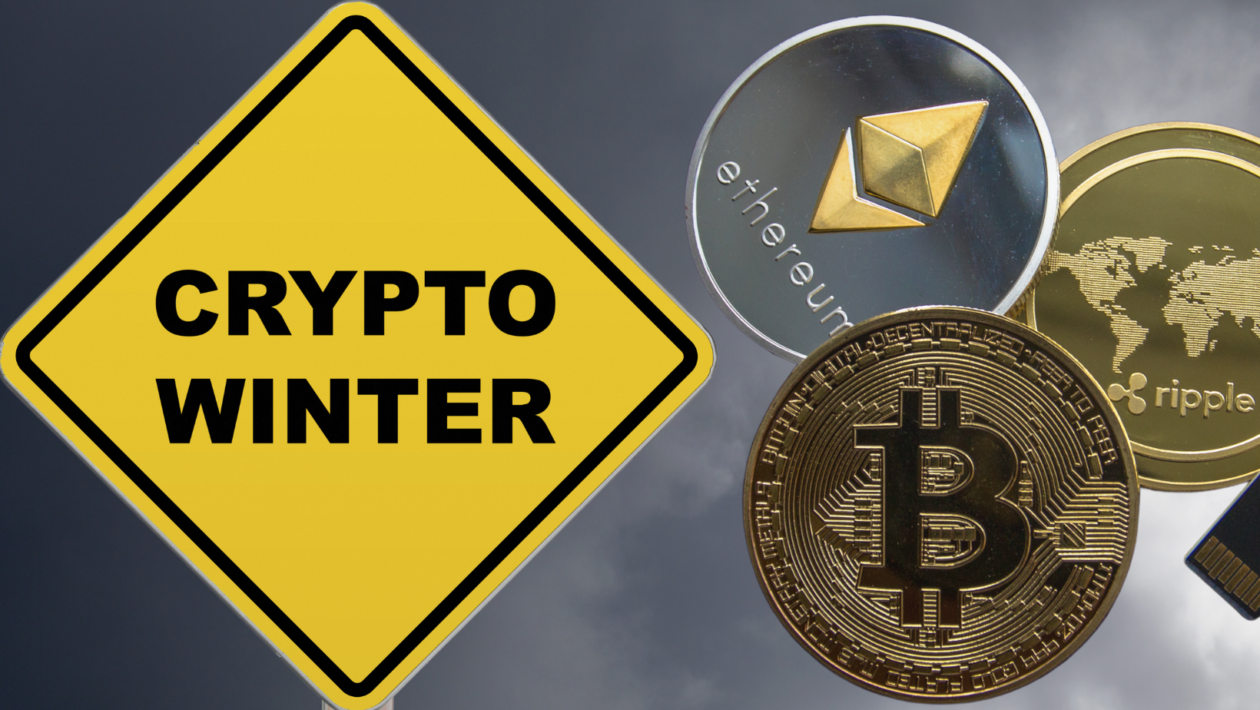Since their inception, cryptocurrencies have gone from strength to strength, with widespread evidence that usage of digital currencies is increasing year in and year out. Last year in particular saw a tremendous influx of users to the crypto space, with total unique users increasing by an astounding 178% from 106 million in January to 295 million at the close of 2021. In the same timeframe, we saw leading tokens soaring to new all-time highs, undoubtedly helping attract many of these new investors to the space. This rapid adoption fast-tracked the industry to mainstream consciousness, and it began to spark new conversations surrounding the multitude of benefits and uses that these new digital assets could bring to society on a global scale.
Now, toward the close of 2022, it is safe to say that the crypto landscape is wholly different from what it was a year ago. Events such as the Terra-Luna crash, Celsius halting withdrawals on their platform, and the collapse of FTX have sent shockwaves through the industry, and the crypto skeptics are perhaps more pervasive than ever before. However, in the face of what might be perceived as negative sentiment surrounding the industry, the cryptocurrency user base has defied the odds and continued to grow, with recent estimates claiming that global crypto ownership now exceeds 320 million — or approximately 4.2% of the world’s population.
Moreover, institutional interest in crypto is stronger than ever. Every significant bank now has a substantive crypto desk, and there is hardly a fund manager out there who isn’t including or considering including crypto as part of their portfolios. On the M&A side, institutions are looking to move or expand further into the space by snapping up bargains to jump-start their own strategies.
On the retail side, while we are evidently no longer experiencing the seismic growth witnessed in 2021, the fact that there has been growth at all in the harsh conditions of an alleged “Crypto Winter” is a telling testament to the resilience of the industry and the strong, lasting roots established over its relatively short history. Nonetheless, with increased adoption comes increased scrutiny, and recent events have undoubtedly served to draw attention to some specific areas — specifically, regulation, education and innovation, and security — that are in need of urgent attention in order to cement cryptocurrencies as a mainstay of modern-day economics.
Knowledge is power
If we truly wish to bring crypto to the masses, it is of the utmost importance that newcomers to the industry, long-term players, and crypto skeptics are educated on the risks and rewards as well as the potential benefits and drawbacks. The onus of this educational responsibility falls upon the key players within the industry. These are the entities who dominate the discourse in the field and drive the industry forward — and accordingly, have an inherent responsibility to educate and inform their audiences on both the existing landscape and new developments that materialize.
It is imperative that these key players not only provide ample information on the relevant services which they provide but further, that they simultaneously strive to innovate and enhance the specific sector in the industry in which they operate to benefit their consumer base while also cementing the long-term benefits of blockchain technology as a whole. In doing so, it is crucial that proactive efforts are made to adapt to industry developments. Educating and informing crypto-curious individuals of the many benefits of these nascent technologies, which are being developed day in and day out, is therefore crucial. Enthusiasts all too often praise the “democratization” of finance that crypto offers, and then effectively exclude ordinary people by bamboozling them with a range of jargon and buzzwords, seemingly designed to confuse.
Being openly communicative about the products, services and developments being made gives prospective purchasers a better foundation upon which to make a decision to invest in cryptocurrencies, an insight into the inherent risks that are involved in investing in general, and an increased capability to discern the fundamental value associated with any given product that might make it a favorable long-term investment option — all of which facilitates more favorable interactions with the market for all parties involved.
Raising standards through regulation
In tandem with this, regulation will be a pivotal factor in ensuring that those who have entered the market stick around as we journey into the future. Recent events have highlighted that regulation will be indispensable in guaranteeing that there are adequate protections in place to safeguard consumer interests and investments in the face of crises. Consumers expect this, and governments will insist on it. This will not only benefit investors but also trading platforms, as ample legislation can cultivate a level of trust and legitimacy comparable to that which is currently enjoyed by TradFi institutions in these platforms.
This, of course, relies on more than just empty words. “Regulation” must be something that all crypto participants really do, rather than a series of buzzwords or talking points. Savvy consumers should learn to ask themselves what it means when an exchange says they are “regulated.” Where are they regulated, and by whom? And to what standard? What is my redress if something goes wrong? These are the questions that exchanges that are genuinely engaging with high regulatory standards can easily answer, and which will show up those using the veneer of the language of regulation to distract from their reality.
The more these questions are asked — by consumers, by journalists and by governments — the easier it is for crypto exchanges to be compared and contrasted, with those who are proactive and compliant with legislative practices showcasing a commitment to prioritizing customer concerns over internal interest. To put it bluntly, you wouldn’t put your money in a bank that circumvents regulations, so there is no reason that you should have to run this risk by putting it in an unregulated exchange — or worse still, an exchange that only engages with regulation to uphold appearances.
Improving security
Finally, security will further prove fundamental in both maintaining and fostering the usage of cryptocurrencies. This is an area where cryptocurrency exchanges in particular must place a significant emphasis, to ensure that customers are protected against scams and hacks, and can rest easy at night knowing that their funds are safe from cyberattacks.
Some measures that exchanges can put in place to enhance the security of their clientele include continuous monitoring, vulnerability detection and bug bounty programs. Continuous monitoring and vulnerability detection both ensure that exchanges have optimum visibility over the funds that they hold and that they are able to react to any breaches that might occur in a timely manner. Bug bounty programs, on the other hand, encourage “ethical hackers” or security experts to search for system vulnerabilities in exchange for a reward, which helps identify vulnerabilities to rectify them before they can be exploited.
Another security measure that exchanges can explore is keeping a high enough proportion of their holdings in cold storage. Assets that are kept in cold storage are offline, often air-gapped, and hard to physically access. This makes them far more protected against cyberattacks and security breaches, and facilitates a substantial reduction in the security risks to which they are exposed.
There have been some tough lessons learned in this market downturn. However, as is the case with all tough times, it is important to learn what we can and implement this knowledge to guard against future wrongdoings and emerge stronger than ever before.
Thankfully, things are moving in the right direction for cryptocurrencies. People are becoming more educated. Innovation is occurring daily. Comprehensive regulation, hitherto the preserve of those jurisdictions that were able to move quickly, such as Liechtenstein and Bermuda, is being adopted in more and more of the world. MiCA will soon provide for genuine regulation of crypto across the whole European Economic Area. And a renewed emphasis on security is being demonstrated by key players within the industry. Through a focus on these core areas — regulation, education and innovation, and security — we can weather this winter and sow the seeds for a bright crypto future.





